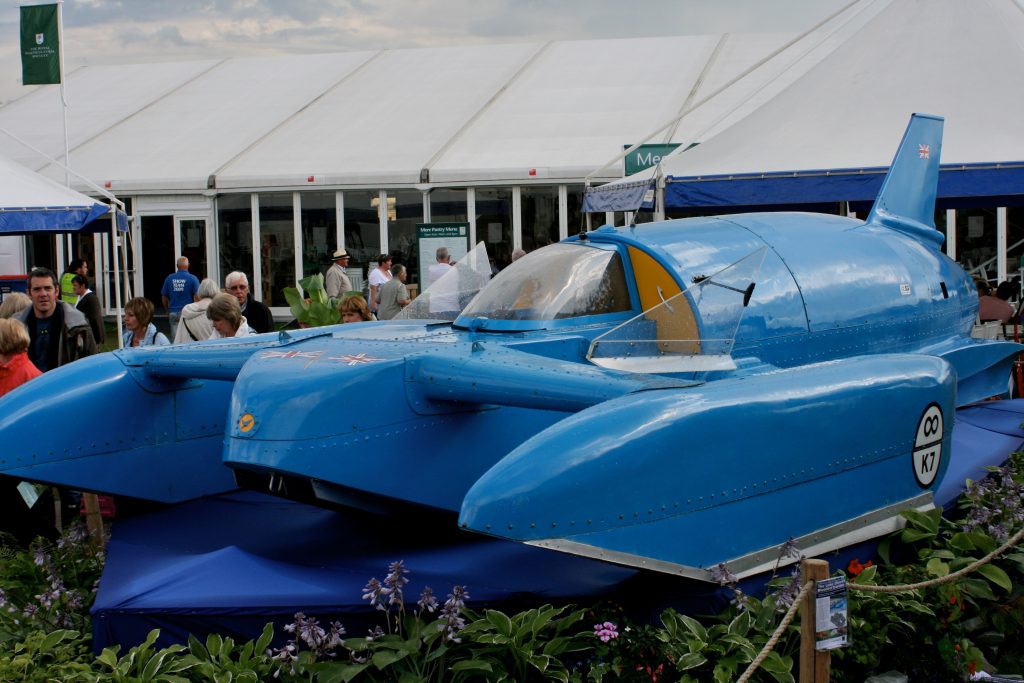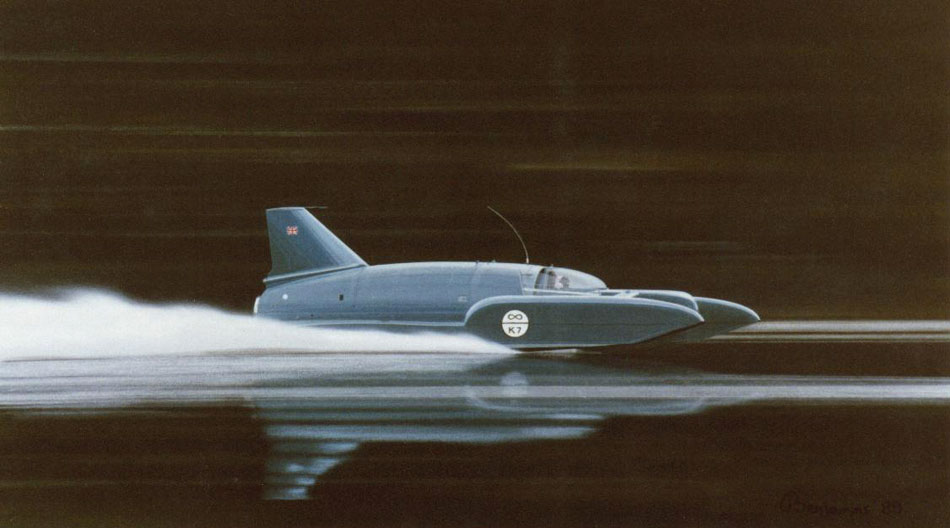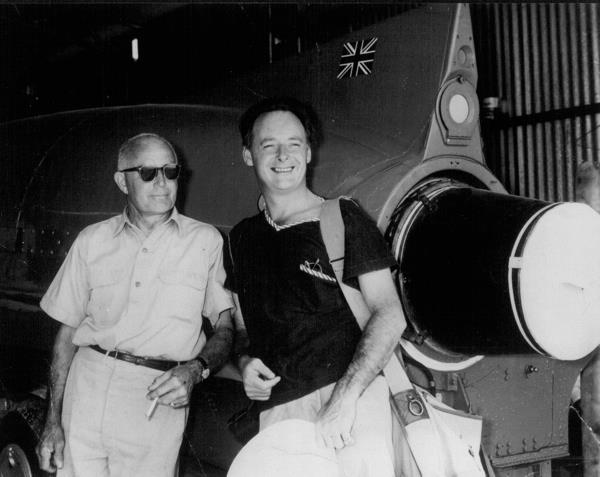"'Can a 911 that shares not a single component with its predecessor still be a 911?' That was the question Porsche posed in a brochure for the new-era 911 in 1998. Of course, it answered it with an unequivocal ‘yes’, and declared that ‘"

Fifty years ago, Donald Campbell CBE died at Coniston Water
Donald Campbell, son of Malcolm, was killed whilst pushing the limits of technology
The 4th January 2017 will mark fifty years since the death of one of Britain’s most successful sportsmen. Donald Campbell, son of Sir Malcolm Campbell, crashed his Hydroplane Bluebird K7 as he attempted to break the 300mph barrier.
Travelling at 326mph Bluebird – originally designed by Ken and Lew Norris to break the 200mph barrier – lost aerodynamic stability and left the water, rotated 320 degrees and re-entered the water. Campbell died instantly when the force of the impact dislodged part of the windshield, decapitating him.
Thirty-five years later K7 and her pilot were raised by diver Bill Smith. Over the proceeding fourteen years, K7 has been slowly restored by a team of volunteers at The Bluebird Project. At the time of writing Bluebird has had static engine runs with her new Orpheus power-plant. The plan is that far from just restoring her Bill Smith and his team intend that, before placing her in the Ruskin Museum, to put Bluebird through her sea trials.

In this sense, Bluebird K7 will be much like the 1933 Napier Railton racing car at Brooklands Museum. Bluebird K7, like the Railton, will be a living, breathing and working museum piece swathed in the history of an iconic decade for the World Water Speed Record.
At her inception in 1965 Bluebird K7 was designed to break the 200mph barrier. In the twelve years following her creation Campbell broke the World Water Speed Record seven times alongside becoming the first and so far only man to break it in the same year as the World Land Speed Record in 1964.

Why does this, the fiftieth anniversary of Campbell’s death, matter? It’s not just because it’s been fifty years, there’s more to it than that. Campbell wasn’t just another casualty of a very dangerous sport; he was, to many people, the tragic hero of water speed record breaking.
Campbell had many of the features of a tragic hero. The record attempts at Coniston at the end of 1966 and beginning of 1967 were run on a minuscule budget due to Campbell’s bankruptcy and lack of interest from sponsors at a time where interest in water and land-speed record breaking was dwindling. People, therefore, have great sympathy with Campbell, a man forced back into a world where eighty-five percent of attempts end in fatality.
Yet it wasn’t just his finances that took him to Coniston it was his hubris, his pride. Campbell had often described himself as a King and Country man determined to break the records for Britain as much as for himself.

As with other tragic heroes fate also played its part. The night before during a card game Campbell, a fatalist, was dealt the Ace and Queen of Spades. This was the same hand dealt to Mary Queen of Scots and was considered to be an omen of death to either the holder of the hand or one of their close family.
It was on the calm water of the 4th January 1967 then that Campbell took to the water for the final, fateful time. In the wake of his death was left a legacy of bravery, pride and forceful determination that survives not just through Gina, his daughter and K7 herself but through those who today stand and remember a man whose achievements were truly out of this world.
CLICK TO ENLARGE











Umpteen factual errors I’m afraid.